How a school requests contributions, donations and fundraising support is important. Is it with gratitude and transparency or does it feel one-sided? How a school presents this need, and opportunity, matters. There are many options available; selecting the one best suited to the request and the donation process requires careful consideration.
Research on why people give identifies the motivators for people to give of their hard-earned resources, as well as the reasons we hesitate. Those who want to give will usually have an amount in mind (or an uppermost limit) and have a preferred frequency.
Serious consideration of who you are approaching will help you select the best way to contact them, the tone you use and the degree of empathy required, all with transparency and authenticity. Knowing whether they prioritise security or convenience, for example, is one thing to consider. As with all stakeholder management, this genuine trust and understanding between both parties is an essential starting point.
Schools should always be careful when asking for contributions without an established connection with the person. Communications relating to financial donations involve real people. Keep the relationships authentic and transparent to see real, repeatable results.
Here are some of the most popular ways to make requests and what to consider with each:
Cheques or cash – Cash and cheques have become less common in an increasingly cashless economy and the immediate nature of these requests can be sensitive. It requires organisation for some security (cash) on behalf of the receiver and pre-planning on the part of the donor, However, both options suit a range of budgets and some older people and businesses still prefer cheques, so don’t rule this option out.
QR codes and direct links – Requests through digital platforms can be practical and appear less aggressive. QR codes have become more widespread since the pandemic and this method can suit a range of budgets, but is more often a one-off donation.
Bank transfer – The donor will often require or appreciate a personal/historical relationship with the organisation to commit to a bank transfer. These can be one-off or recurring payments. Bank transfers are manageable for a range of budgets, sustainable throughout the year and suitable for larger amounts. Often, the relationship will be ongoing and it is likely that financial year considerations will be important.
Pledge – Pledges can be sensitive as it usually requires additional management to ensure that the donor’s commitment to donate is fulfilled. However, pledges are sustainable throughout the year and suit medium to large donations, as well as long-term giving. People who make giving recurring pledges to give will usually have a strong connection to the school.
Bequeathment arrangements – This is often the most sensitive method, requiring planning and forethought. This can be manageable for a range of budgets, but some significant history with the school is often essential. The relationship will need to be nurtured throughout the years to ensure the bequest remains as Wills are updated.







